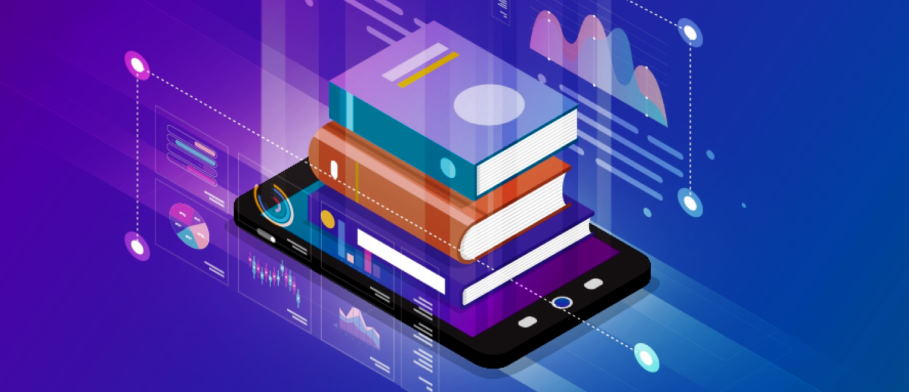Technical education is often available in a variety of forms, delivering different levels of instruction and catering to students with different needs. One form of technical education that has been growing in popularity is peer-to-peer learning, which puts the responsibility for instruction on the students themselves. This type of learning can be especially beneficial in technical fields where hands-on experience is essential. Here we’ll take a look at what peer-to-peer learning is, how it works, and some of the benefits that it offers.
How peer-to-peer learning is transforming technical education
The rise of the internet and digital technologies has led to a dramatic transformation in the way we learn. In particular, the emergence of online learning platforms and tools has made it possible for anyone with an internet connection to access a wealth of educational resources.

Peer-to-peer learning has already had a profound impact on education, particularly in technical fields. For example, the massive open online course (MOOC) platform Coursera was founded on the principle of peer-to-peer learning. The platform allows anyone with an internet connection to take courses from top universities and colleges around the world.
The success of Coursera and other MOOCs has shown that there is a huge demand for peer-to-peer learning. It has also demonstrated that peer-to-peer learning can be an incredibly effective way to learn. In fact, research has shown that peer-to-peer learning can lead to better retention of information and improved problem-solving skills.
The rise of peer-to-peer learning has also had a major impact on technical education. Technical education has traditionally been based on the transmission of knowledge from experts to students. However, the emergence of peer-to-peer learning platforms has made it possible for students to learn from each other.
This shift from expert-based learning to peer-based learning has the potential to transform technical education. It will allow students to gain exposure to a wider range of viewpoints and perspectives, and it will encourage them to think critically about the information they are receiving. In addition, by making use of digital technologies, peer-to-peer learning can make technical education more accessible and affordable.
The transformation of technical education is already underway. A growing number of colleges and universities are offering courses that make use of peer-to-peer learning. In addition, a number of companies are beginning to use peer-to-peer learning to train their employees.
The rise of peer-to-peer learning is sure to have a major impact on the future of technical education. It has the potential to make technical education more effective and more accessible. It is also likely to lead to a more collaborative and well-rounded approach to learning.

Benefits of peer-to-peer teaching
There are many benefits to peer-to-peer teaching, including:
- improved academic performance – When students teach each other, they are more likely to remember and understand the material.
- increased confidence and self-esteem – Students who teach their peers feel a sense of pride and accomplishment.
- better social skills – Teaching others requires good communication and interpersonal skills.
- enhanced teamwork skills – Working together in pairs or small groups helps students learn to cooperate and collaborate effectively.
- a deeper understanding of the material – Explaining concepts to others forces students to think about what they know and don’t know, leading to a better understanding of the subject matter.
- fun! – Learning can be more enjoyable when it’s done with friends.





